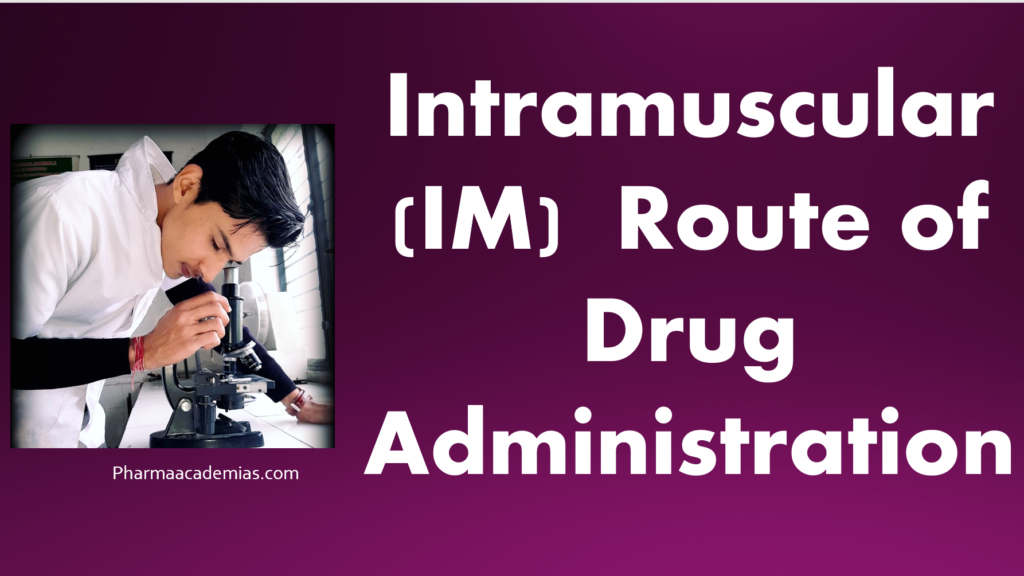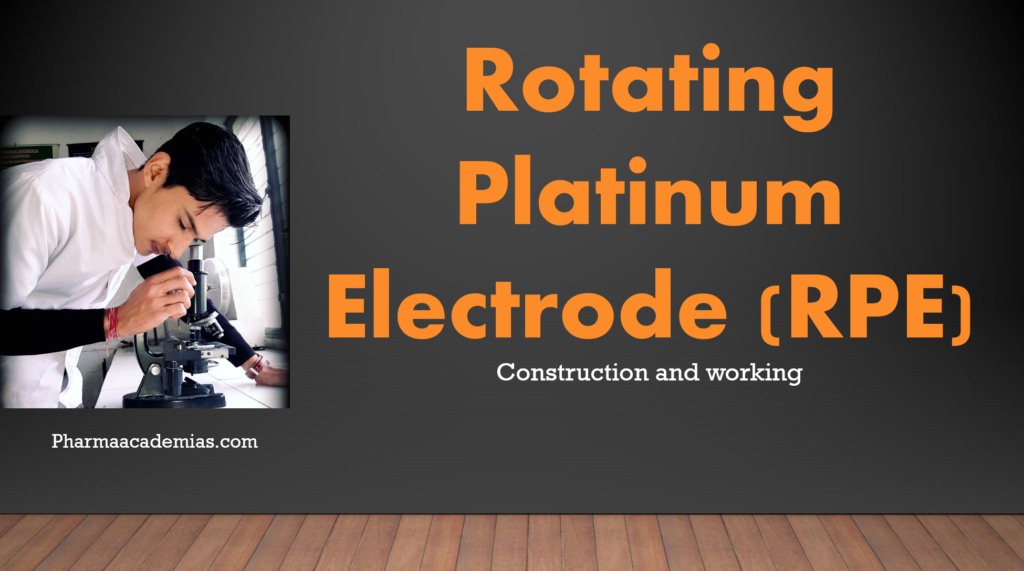The transdermal drug administration route involves applying medications in the form of patches or topical preparations directly onto the skin’s surface. The drugs are absorbed through the skin and into the bloodstream, providing a controlled, steady release of the medication. This route offers several advantages and disadvantages, making it particularly useful for specific types of […]
Month: November 2023
Topical route
The topical route of drug administration involves applying medications directly to the skin or mucous membranes, such as the eyes, nose, ears, or genital areas. This route has several advantages and disadvantages and is commonly used for dermatological, ophthalmic, and otic (ear) medications. Here are the key points related to the topical route of drug […]
Subcutaneous (SC) route
The subcutaneous (SC) route of drug administration involves injecting medications into the subcutaneous tissue, which is the layer of tissue just beneath the skin. This route is used for various medications and has specific advantages and disadvantages. Here are the key points related to the subcutaneous route of drug administration: Advantages 1. Slower Absorption: Subcutaneous […]
Intramuscular (IM) route
The intramuscular (IM) route of drug administration involves delivering medications into the muscle tissue using a hypodermic needle. This route has its own advantages and disadvantages and is commonly used for specific medications and clinical situations. Here are the key points related to the intramuscular route of drug administration: Advantages 1. Sustained Drug Release The […]
Intravenous (IV) route
The intravenous (IV) route of drug administration involves delivering medications directly into a patient’s bloodstream through a vein. This method offers several advantages and disadvantages, making it a valuable option for specific clinical scenarios. Here are the key points related to the intravenous route of drug administration: Advantages 1. Rapid Onset of Action: IV administration […]
Route of drug administration
Drugs may be administered by various routes. The choice of the route for a given patient depends on the properties of the drug and the patient’s requirements. A knowledge of the advantages and disadvantages of the different routes of administration is essential. The routes can be broadly divided into: •Enteral/oral/ peroral •Parenteral • Local. ENTERAL […]
What are the DRUG?
In 1966, the World Health Organization (WHO) defined drugs as “any substance or product used or intended to modify or explore physiological systems or pathological states for the recipient’s benefit, either therapeutic or diagnostic benefits.” Clinicians use drugs, which are chemical substances, to diagnose, prevent, or cure diseases and to affect living organisms.So the safe […]
A Rotating Platinum Electrode (RPE) serves as a specialized electrochemical instrument used in various electrochemical studies and experiments. It comprises a platinum electrode that researchers rotate at a controlled speed while immersing it in an electrolyte solution. This article will describe its construction, operation, and applications. Construction 1. Platinum Electrode: In an RPE, researchers typically […]
Analytical chemists use a Dropping Mercury Electrode (DME) as an electrochemical instrument, especially for investigating various electrochemical reactions. It consists of a small droplet of mercury continuously replenished by a controlled flow of mercury from a reservoir. Here’s how it is constructed and works: Construction 1. Mercury Reservoir: The DME has a reservoir holding a […]
Ilkovic equation
The Ilkovic equation, named after the Russian scientist Mikhail Ilkovic, serves as a fundamental equation in electrochemistry to describe the behavior of double-layer capacitors, often referred to as supercapacitors or ultracapacitors. It provides a simplified model for understanding the relationship between the charge (Q) stored in the double layer and the potential (E) applied to […]










